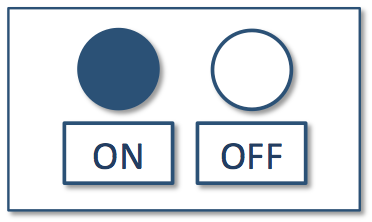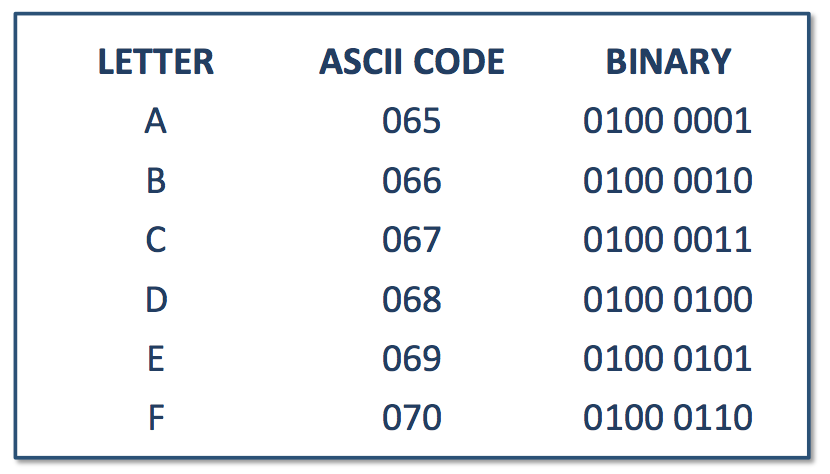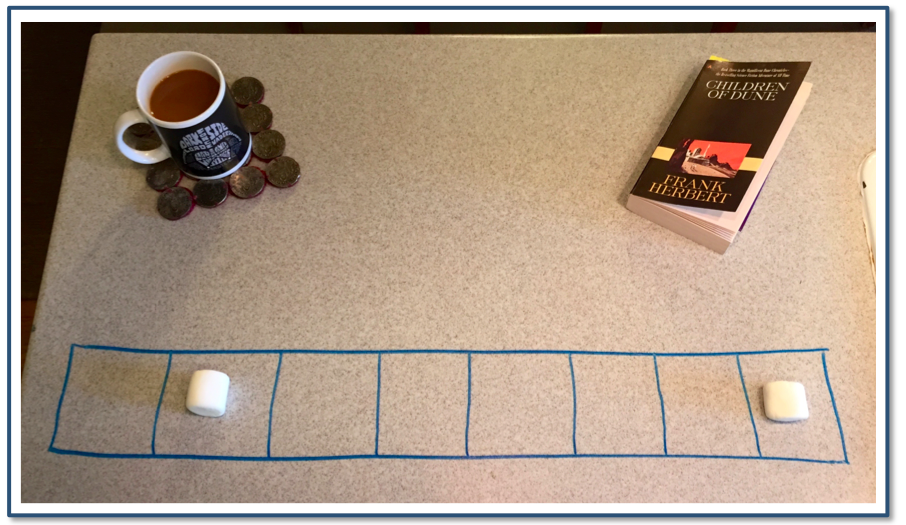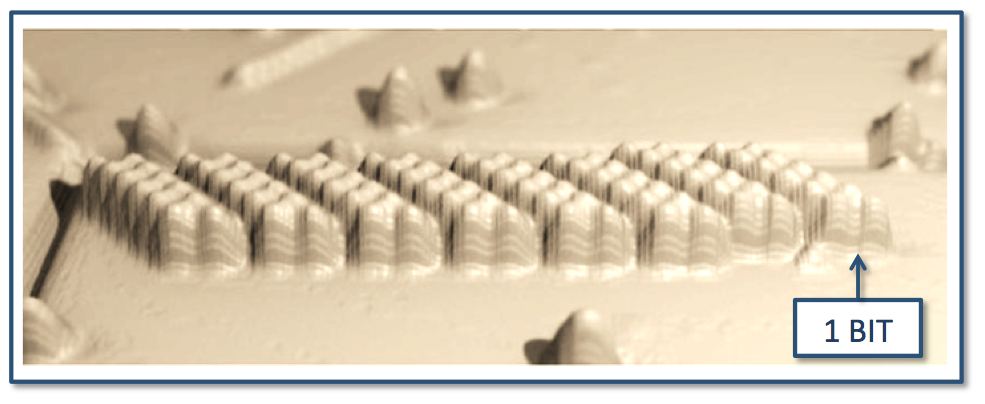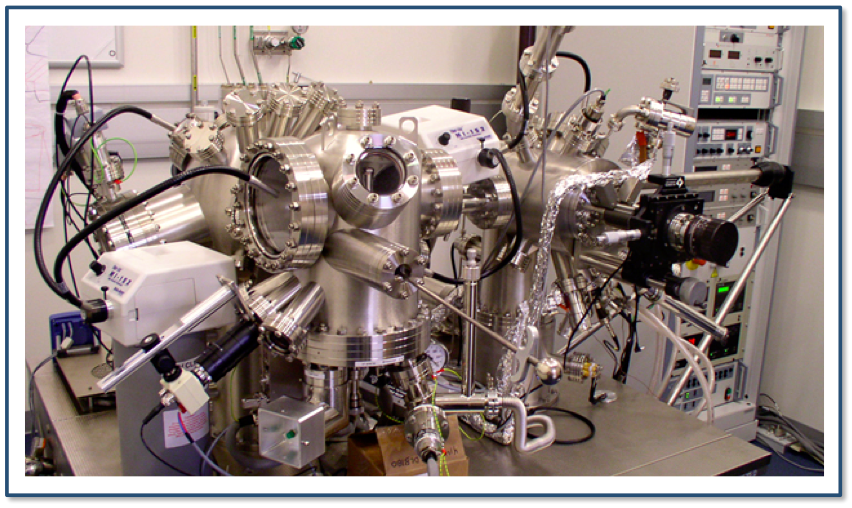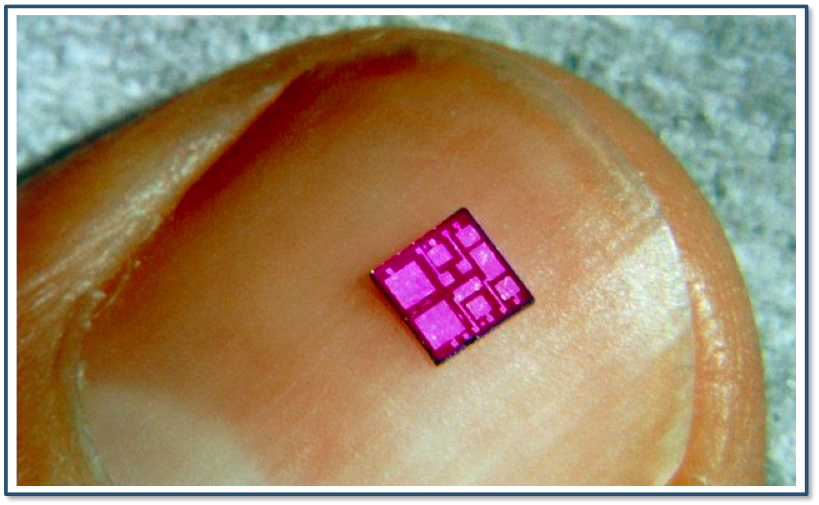Home > Monthly Archives: July 2015
“They were gone then, grown… Maxine and I spent a full weekend disgorging the attic above the hallway. It all came down—boxes of school papers, fusty bags of outgrown clothes, bent dioramas, sports gear, dozens of battered shoes. We worked and sorted, trying to pick out the few precious items that would survive the move. One point, we found ourselves paralyzed amidst the boxes. Dreamily, I was fingering folds of hot pink tulle. She had pressed against her lips the matted collar of a tiny winter coat. Lost in these relics, it occurred to me that the past is not so much real as it is totemic, representing to us all that is lost in our very present.”
— Anda Boyle, 2011
I slept off our train ride hours in the room and woke up at first of dusk. Yet, when I closed my eyes I could feel me still moving.
I slept off our train ride hours in the room and woke up at first of dusk. you won’t know, and when I say this it’ll sound like I’m talking about something else altogether_ Yet, when I closed my eyes I could feel me still moving.
A bit is a single quantum of information. It denotes presence or absence. On or off. When we speak of the digital, we speak of a system in which everything is reducible to bits—to ones and zeros.
By convention, digital systems represent data in eight-bit sets, or bytes, each corresponding to a binary number. A binary number represents a value using only ones and zeros.
In the 8-bit system, an uppercase A corresponds to the binary number 65: 0100 0001. To demonstrate, below, I’ve represented an A using marshmallows. Essentially, I’ve stored an A on my kitchen counter.
A few years ago, IBM researchers were able to store a byte of information at a much smaller scale—using Iron atoms. Below is an actual image of the atoms produced by a scanning tunneling microscope.
Each set of twelve atoms represents a bit. The bits form a byte, enough to store a single letter. An A no bigger than few billionths of a meter long. At this scale, War and Peace written out in a single line would be about 1.7 cm in length, less than 5/8 of an inch.
An infinitesimal thread.
//On Smallness_1//
Out in the septic garden Hellebore is strangled By bindweed untamed. All things subtle wither. Our crass arvensis. Inattention disclaimed.
I have a friend—we’ll call him Matt—who still doesn’t have a cell phone. Says he doesn’t need one. I’ve always envied Matt. Not needing a cell phone. I wanted to say that Matt is self-sufficient, but he’s not self-sufficient, and knows he’s not. Doesn’t pretend to be. I don’t see him anymore. He lives overseas with his wife and kids. I wanted to say that I miss Matt, but I don’t let myself miss people. It scatters my atoms. Matt may not miss me, but I can tell you that he is missing someone right now, and he will admit it. Matt doesn’t live by proofs. I even bet he’s gotten a cell phone by now—for work or so his wife can get ahold of him. And I bet that when he went to pick one out, Matt didn’t get all over himself about it, as if he were sacrificing some first principle. I would have quietly hated myself about it. Matt doesn’t hate himself, quietly or otherwise. I envy him for that. I wish I didn’t have a fucking cell phone.
In the lobby of the Ritz The housekeep dusts a Teardrop urn on a sideboard. Argent, curvaceous, she’s kept There to be eyesome and ignored.
Moore’s Law—the principle of exponentially increasing processor speed—is a law of accretion. Progress is measured not in the smallness of the bit, but in the largeness of the processing power, the volume of computations per second.
A single-atom bit would realize, perhaps, ultimate speed—and the end to Moore’s Law. To achieve such a feat of smallness, it will no doubt take a huge company like IBM, with a gigantic budget, big brains and steam-punkish rooms full of hardware like the scanning, tunneling microscope, below.
The quest for the atomic bit drives ambition and innovation. But we don’t seek the infinitesimal bit for its own sake. The smallness of it is only a means by which we achieve ultimate speed and power.
Computer engineering evokes an awe of the small made large. The drive of the discipline requires the packing of ever more information into smaller spaces. For decades we have marveled at its galloping feats of the miniscule.
The corollary to Moore’s Law is reduction, yet reduction chases the Law of More. Libraries disappear into thumb drives. More. We fight wars on a laptop. More. We slip the Internet into our pocket.
//On Smallness_2//



